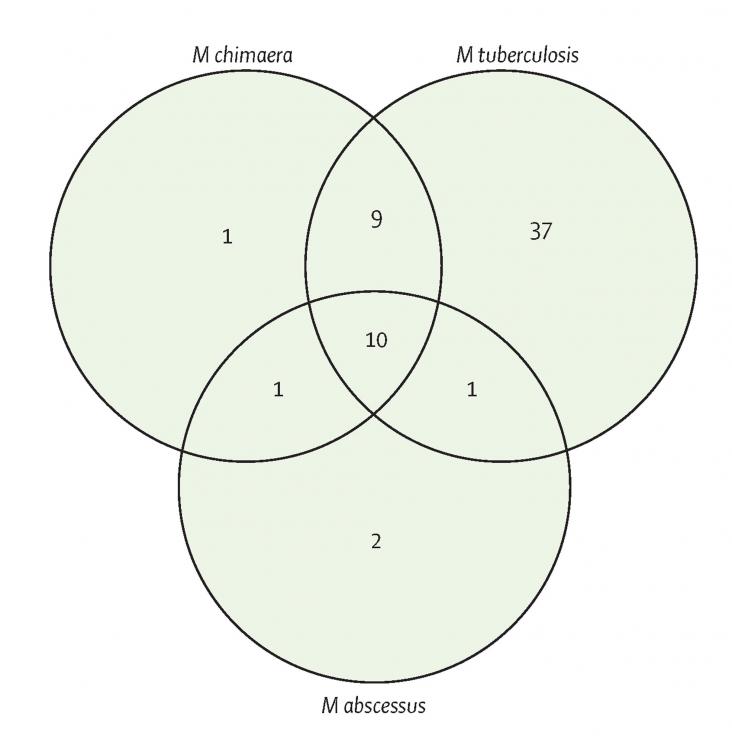
Emerging evidence indicates that postmenopausal women with periodontitis have aggravated inflammation and prolonged course, with the detailed mechanisms largely unknown.
This Article supports SDG 3 by describing a causal association between HBV infection and extrahepatic cancers in individuals of East Asian ancestry, suggesting this may have implications for cancer screening in patients with chronic HBV infection.
Background: The effect of long-term exposure to air pollution on the development of chronic obstructive pulmonary disease (COPD) is still controversial, and the role of the interactions of air polluti
This Article supports SDG 3 by evaluating the prevalence of viral hepatitis among patients cirrhosis. Globally, the prevalence rates were 42% for HBV and 21% for HCV, with variation by region. The data in this study will help with resource allocation for viral hepatitis.

Jiang et al. review the advancement in development of small-molecule anti-HIV drugs targeting the sites in the HIV surface protein that HIV neutralizing antibody drugs also target. Small-molecule drugs can be taken orally, stored and transport at regular temperature, and produced much more easily and economically than antibody drugs, making the treatment more accessible for all.

This is an article on the impact of residential exposure to wildfires and the incidence of various cancers, in the context of SDGs 3, 13, and 15, focusing on the need to develop exposure metrics to better estimate the chronic population health burden attributable to environmental pollutants emitted during wildfires.
This study demonstrates that a multipronged SBCC (social and Behavior Change Communication) intervention can modify mothers’ complementary feeding practices, improve fathers’ and mothers’ knowledge of complementary feeding, and increase fathers’ support for complementary feeding, despite low levels of participant-reported exposure to some intervention components.
The findings in this paper suggest that both supply- and demand-side solutions are needed to improve HMG (health mothers’ group) performance and uptake in Nepal. These solutions need to include improving FCHV (female community health volunteer) skills and motivating them to provide high-quality HMG services, as well as encouraging family members to support women so that they have time to participate in the HMGs.
This paper's findings highlight various facilitators and barriers that need to be given special attention during the design and implementation phases of PDH (Positive Deviance/Hearth) and PDH-IVC (Positive Deviance/Hearth-Interactive Voice Calling program). The mental health, time, and resource constraints of elderly caregivers should also be addressed for a context like Cambodia when implementing child-focused health and nutrition programs.

This Article supports SDG 3, focusing on using an open drug discovery platform to identify compounds that inhibit Mycobacterium chimaera, as well as investigating possible drug repurposing options
